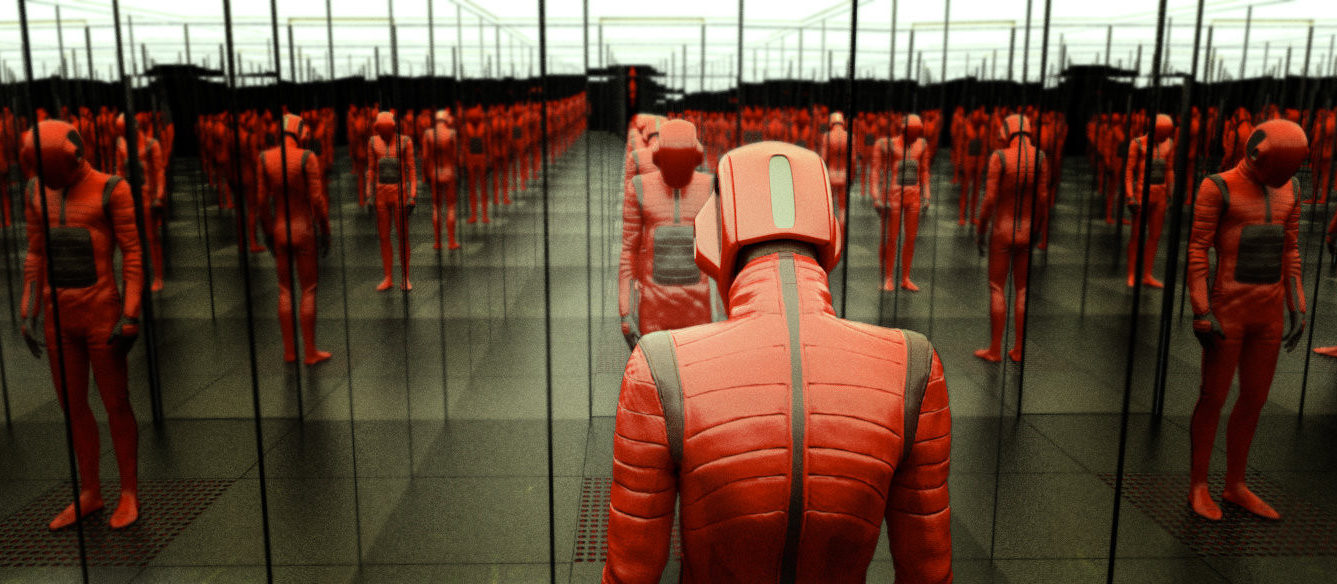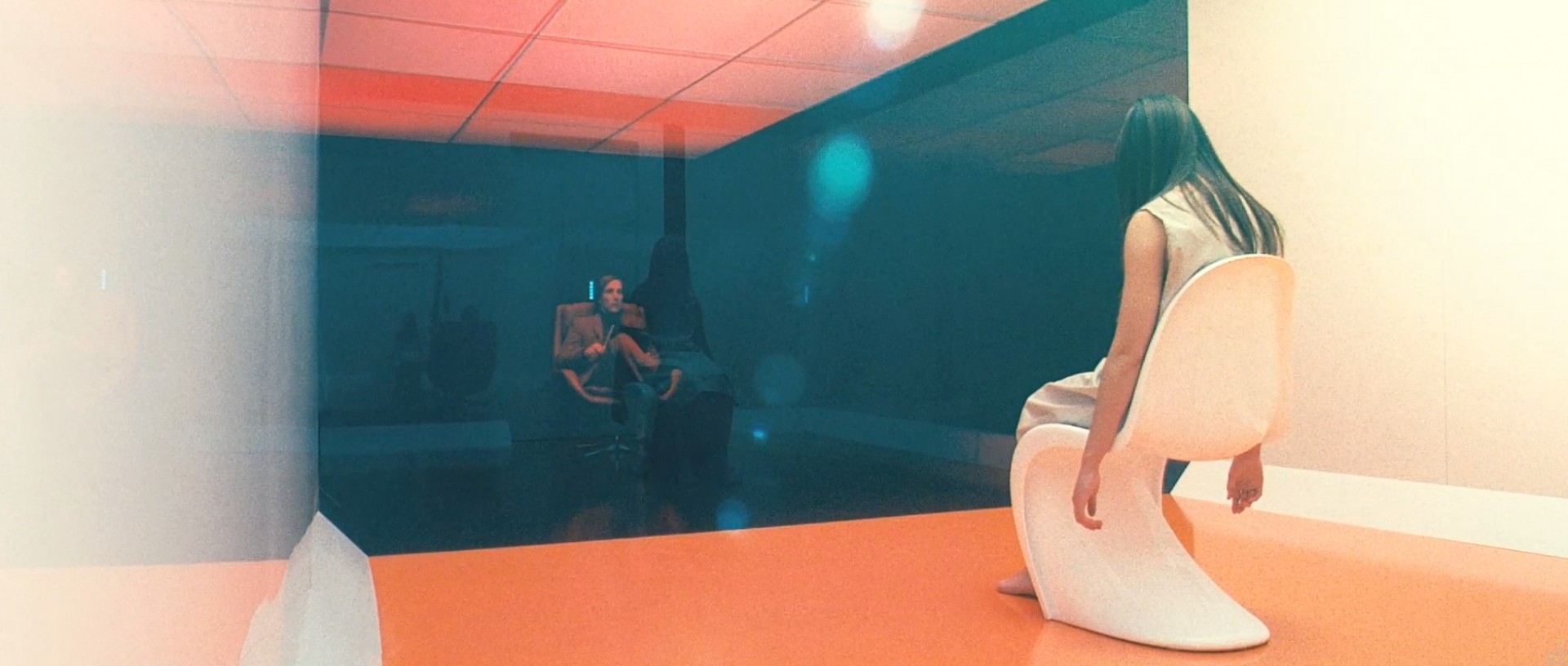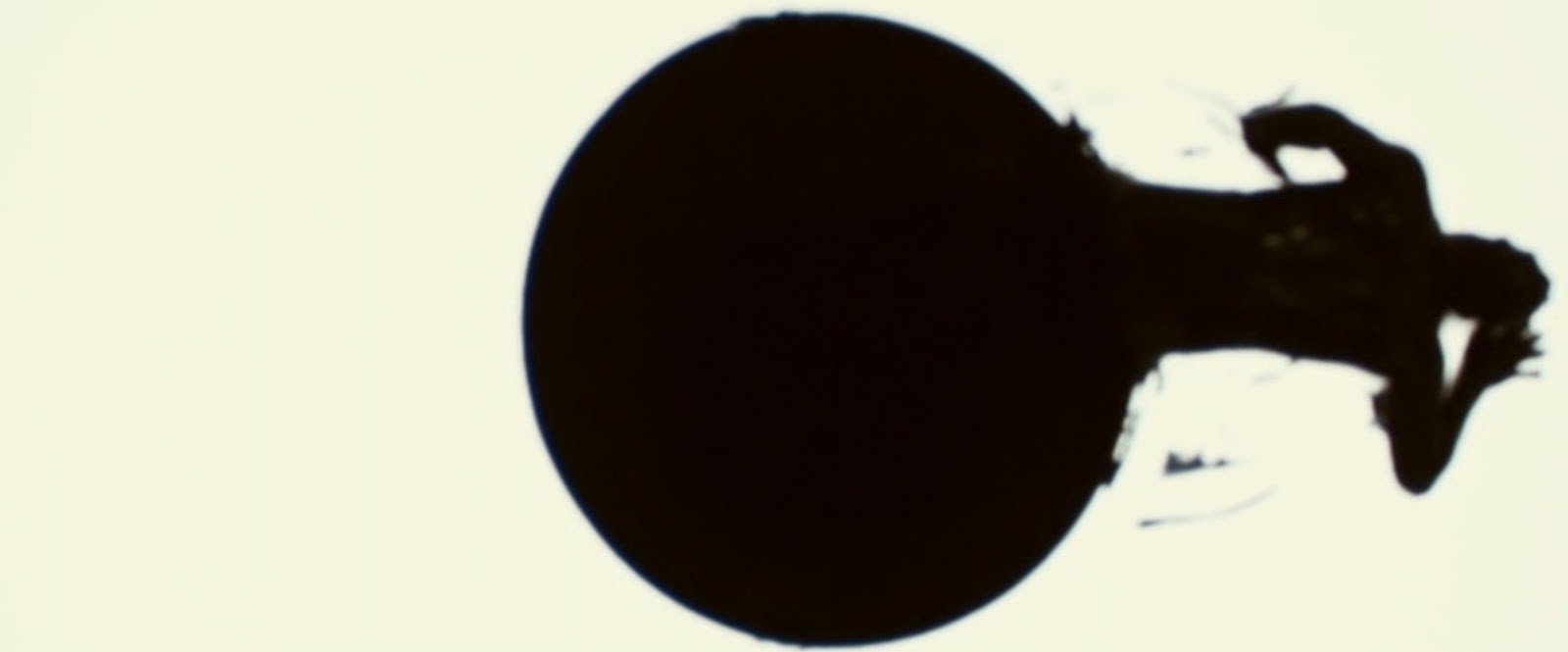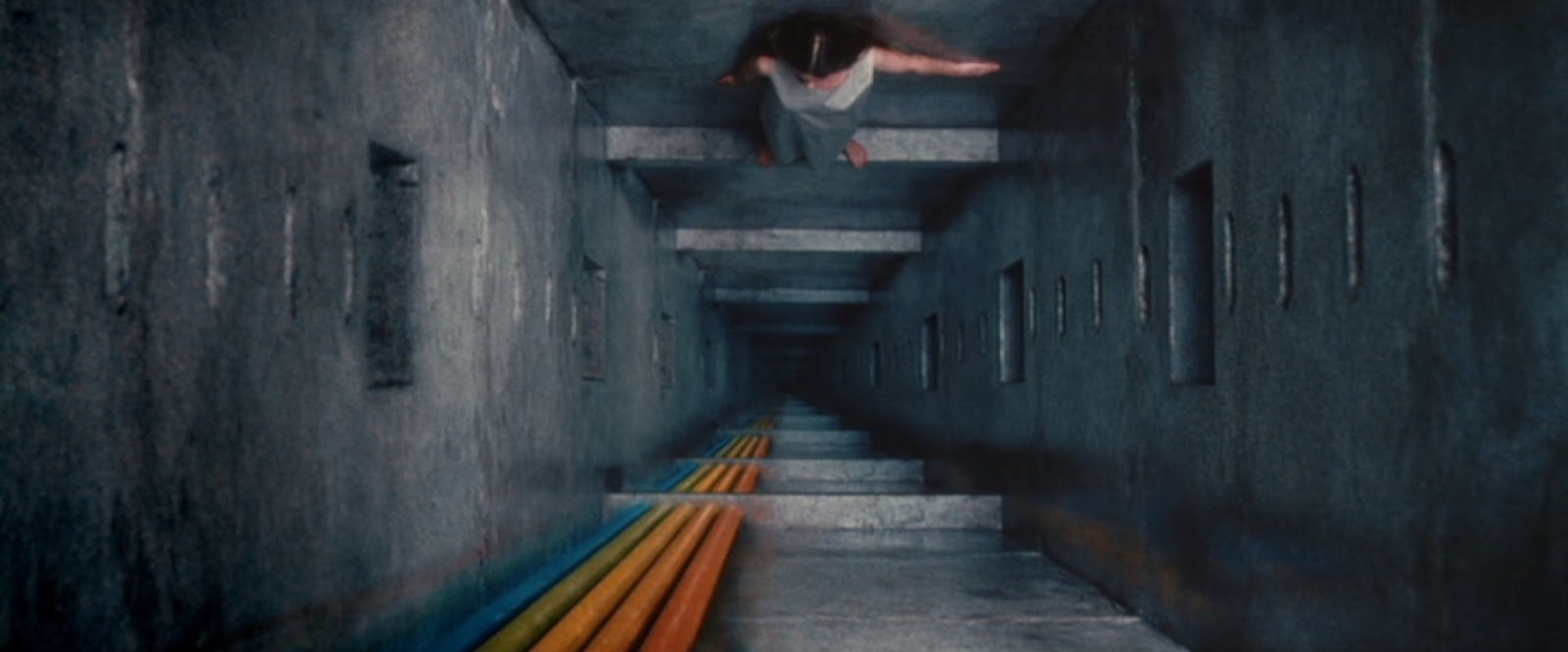

“You will be the dawning of a new era for the human race… and the human soul. Let the new age of enlightenment begin!”
The residual profits of George P. Cosmatos’ penultimate work (Tombstone) provided his son Panos with sufficient funding to launch his own filmmaking career by writing and directing Beyond the Black Rainbow—an invigorating throwback to the analog age; a simpler time when leaving the audience in a psychedelic stupor was considered a worthy aim. As the story goes, young Pan was a regular at Video Addict, a movie rental store that had schlocky horror and sci-fi spilling out its ears. Problem was, he was prohibited from watching any of those mature titles and had to settle for a mystical amalgamation pieced together in his imagination based on promotional artwork and back-of-the-box blurbs. This formative era inspired him to create his debut feature on the basis of those forged memories—in his own words, “a sort of imagining of an old film that doesn’t exist.”
It is evident that he eventually managed to lay eyes on some old school sci-fi as his debut boasts a sublime retro aesthetic that’s so lovingly crafted as to rival Jack White’s fetish for analog blues music. Grainy cinematography, warbling synths, retro-future costumes, handmade practical effects—throw in an abstract narrative about a sinister New Age research facility, transcendence, telepathy, telekinesis, visions of Hell—you’ve got yourself a vintage brew that could easily be mistaken for the genuine article. But Cosmatos sets his sights higher than mere stylistic homage. Or maybe he’s simply aiming at a different target entirely, something more abstract, replete with vivid impressions and zoned-out moods but purposefully lacking in narrative cohesion and momentum. The glacial pace, obtrusive editing, and swiss cheese plot have certainly drawn the ire of many critics, but I couldn’t bring myself to find such a bold endeavor pretentious. I might have zoned out a few times while watching it, but I was never bored.

Needless to say, it’s best to approach Beyond the Black Rainbow keeping in mind the film’s genesis as a hazy half-memory mined for motifs and imagery. As I began to deliberate above, it seems improper to critique the film for lack of narrative—the old “style over substance” tirade. My argument is not that I simply enjoy the style (though I do, immensely), but that there is something substantive here. The plot, such as it were, concerns the mute Elena (Eva Allan), a young woman who has spent the entirety of her life under sedation deep in the bowels of the Arboria Institute under the watchful eye of Dr. Barry Nyle (Michael Rogers). Held against her will, Elena is studied from afar, a thick slab of glass separating the specimen from the scientist. She is under intense scrutiny because she possesses extraordinary psychic powers that her psychopathic keeper wishes to harness for his own ends. Context and backstory are limited but we feel an instinctive sympathetic pang for the young lady trapped in the sterile confines of a hostile research facility.

And of course it doesn’t stay put in time. Right at the start, we are informed that the film will be set in 1983 (the year Panos first entered Video Addict), then a withered hand inserts a VHS tape and transports us back to the 1960s when Dr. Mercurio Arboria (Scott Hylands) was first launching his institute. His inspired spiel is a jumble of New Age jargon, indecipherable but intriguing like a vintage cult outreach video. He speaks of cutting edge therapeutics, pharmacology, energy sculpting—all in pursuit of happiness, contentment, inner peace. But once the film properly begins, it is clear that Dr. Arboria’s vision hasn’t materialized. His facility is unkempt and nearly empty, the past evils momentarily tucked behind the myriad panel walls of the clinical highrise, giving the establishment an imposing, claustrophobic atmosphere despite its immense size. Arboria, now ancient and decrepit, lives somewhere within the institute. The only other residents not aforementioned are Dr. Nyle’s wife, Rosemary (Marilyn Norry), Elena’s nurse, Margo (Rondel Reynoldson), a zombie-like patient in a straightjacket, and the Sentionauts—cyborg guards that reveal childlike faces when unmasked.
Nyle suppresses Elena’s powers with a glowing prism (energy sculpting?). Under its control, she can still change television channels with her mind or trigger a nosebleed, but not crush skulls—that only happens once she is free of the thing. Nyle also takes perverse pleasure in tormenting his subject, his wicked enjoyment of her distress wrapped up in a sexual interest evidenced by his enraptured gaze and the explicit contents of his private journal. Margo discovers the journal by chance, which infuriates Nyle, who allows Elena a moment to express her powers when Margo is in her cell. It was nice knowing you, Margo.

Another flashback, which I consider the film’s high point, depicts Arboria guiding Nyle through a psychonautic ritual meant to achieve transcendence. Submerged in a vat of inky black sludge, Nyle experiences visions of Hell, exquisitely created with practical effects, that damage him physically and psychologically. Back in the present, our handsome sadist removes his disguise and reveals a bald head and iris-less eyes. Desperately, he tries to convey his inner turmoil, but his lack of humanity renders his efforts futile. And then Elena dares to attempt an escape from the institute and he snaps, an inevitable eventuality that he has planned for by placing a leather jacket and a ceremonial dagger in close proximity.
You can’t tell me there is no substance submerged beneath this gaudy surface. It may be more thematic rumination than concise narrative exploration but there’s clearly some weighty material here. One of the film’s only connections to the outside world is a Ronald Regan broadcast that suggests a paranoid society running on the fumes of the happy hippie ‘60s; cultural decay glossed over with theater. At the Arboria Institute, the transformation from anxious existentialist to happy ascetic does not result in a flower child enlightenment, but in a discovery that man is evil. By whatever mechanism Nyle’s hellish plunge triggered his self-discovery, it produced a nihilistic fiend enslaved to carnal desire—the opposite of the institute’s stated intent. But the faux-optimism of televised reassurance is no solution either. Elena is the only character who realizes that the sole solution is to remove oneself from the system entirely.

Even the most knowledgeable film snobs have blind spots. I have more than average (among snobs, that is), but aside from a stray reference to Buckaroo Banzai I did not perceive any direct references to other films. There are certainly older works that seem to have influenced the film’s sedate tone and mesmerizing visuals—Dark Star, Suspiria, THX 1138, Manhunter, Solaris, The Man Who Fell to Earth, Last Year at Marienbad, Altered States, Phase IV, various works from Cronenberg and Bava—but none are directly referenced. There are no cheeky winks that would reduce Beyond the Black Rainbow to a throwback amusement, and it seems almost uninterested in showing off its attention to period detail.
The syrupy pace, the rugged retro polish, the Moog and Mellotron soundtrack (courtesy of Sinoia Caves), the surreal imagery of melting faces and child cyborgs—all of these coalesce into a hypnotic, inescapable nightmare that conveys a sinister sci-fi acid trip narrative through primarily visual means. Beyond the Black Rainbow is a startling reminder that film is a visual medium, that showing > telling, and that ambiguity can enhance the viewer’s experience.
Sources:
Brown, Phil. “Interview: Beyond The Black Rainbow Director Panos Cosmatos”. That Shelf. 6 June 2012.